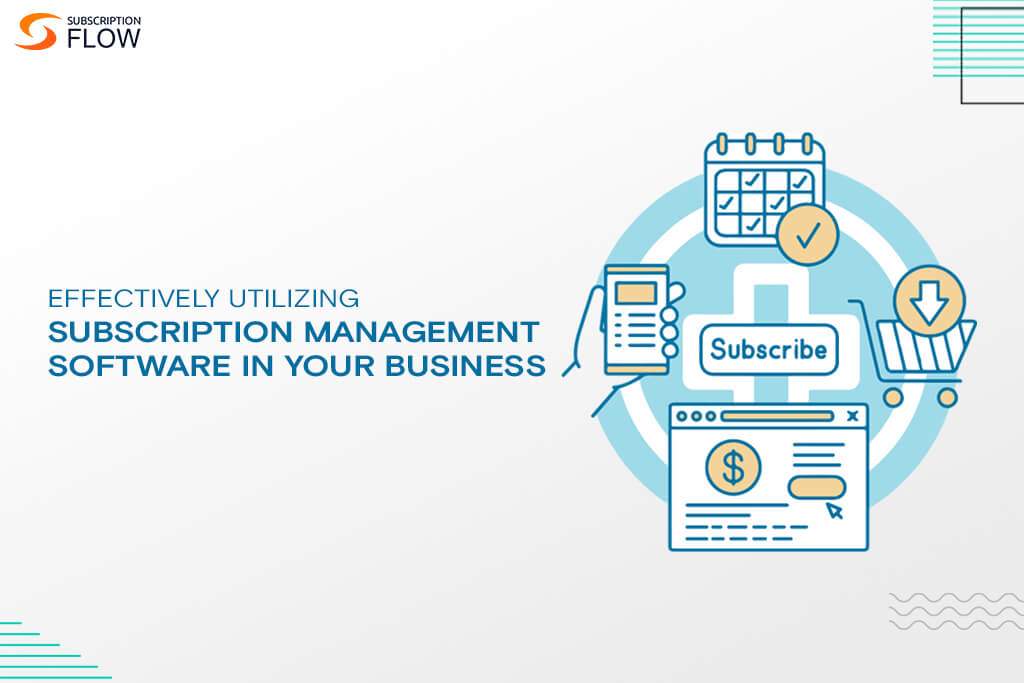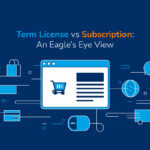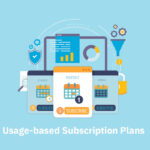
12 Best Practices for Effectively Utilizing Subscription Management Software in Your Business
According to Blissfully’s 2019 study, an employee typically uses at least eight apps for work. An IT team tracks these apps, but various segments of a business may have bought them. Up to 32 various billing owners may be accounted for by a single subscription. This presents a dilemma. Who should that invoice be billed to monthly?
Further on, 71% of businesses have at least one application without an owner. One possible reason is that the person who purchased the subscription has already left the company.
A subscription business dealing with 32 subscription owners—is this even possible? A business cannot send invoices without the right resources. Meanwhile, the wrong contact person might have to take some time to find the right person to forward the invoices to. Imagine how many businesses have suffered because these contact persons forgot to forward the invoices to the right owners.
These situations are ripe for the use of a subscription management app. As a business leader who strives to achieve business growth and improved customer retention, you have to learn the best practices for effectively utilizing it first.
The Edge of Using a Subscription Management Software
From onboarding, payment processing, and providing customer service, a subscription management system aids in handling the overall customer service from beginning to end. The automation element of this platform lessens your administrative expenses. More importantly, it ensures that your processes are working seamlessly.
How to Effectively Utilize Subscription Management Software
Keeping your current subscribers satisfied and assured in the reputation of your business is the path to growing the number of your future subscribers. Listed below are some of the best effective tips on utilizing subscription management SaaS.
Have a main spreadsheet.
Most IT workers and businesses store information in their email. But the policies and longevity of email can pose some risks, especially to those who will soon leave the company.
Have SaaS subscription information stored in a spreadsheet instead. It can be embedded within a Word document protected by a strong password.
Do not rely on one person or email to store all important information. Make it always readily available to the team, even if someone resigns and his or her email gets removed.
Keep a calendar.
A calendar is another reliable tool for many business owners. Use it for SaaS subscriptions as well, especially when monitoring payments and contract renewals.
The thorough examination of SaaS contract renewals can be time-consuming. Fortunately, you can have a shared calendar to guarantee that these renewals will be paid much attention to. You can also involve any members of the team on the reminder.
Offer flexible yet simple pricing models.
Arriving at the perfect product fit with a subscription tool takes a considerable amount of tweaking. Nevertheless, offer something that would be both customer-friendly and profit-wise.
The best subscription management software solutions allow customers to modify their subscriptions any given time of the day. They also let customers pause or add extra features whenever they need it.
Impose an attainable subscription billing process.
Failed payments are more difficult to notice and handle for subscription-based SaaS businesses. Due to the fact that processes are automated, payments are normally taken via direct debit or credit card and transactions just push through.
Payments that do not push through can result in mandatory churn if it is not resolved in time. Keep your churn rate low and your CLV high by imposing an attainable subscription billing process.
With a subscription management software, you can save payment information and manage recurring profit and subscription. Some businesses also integrate with the best billing software tools to easily manage billing and invoicing workflows.
Be encrypted for transactions.
Transactions processing takes place on your website, making it imperative to secure them with high-level encryption. Spend time, money, and energy to maintain the security of your payment schemes.
Unsecure payment schemes are magnets for identity thieves and hackers.
Create strong, transparent policies.
Strong, transparent policies keep your business away from fraudulent activities. They also lessen the number of chargebacks linked with recurring payments.
Just make sure that your customers are informed about your cancellation policy. While there are still disputes from customers, you will be able to combat a huge number of those occurrences if they know and understand your policies well.
Integrate the subscription management solution with your resources and entire business setting.
Your subscription management solution should suit your business setting. Using one that demands you to alter your current resources may not be a good idea. To accomplish successful integration, know your business needs at the moment and in the future.
Provide customer support.
Good customer support influences subscribers to stay with a business. A PwC study found that 59% of customers will stop subscribing to a business if the customer support is bad. Beyond that, 17% of them will do so even with their favorite brand for the same reason.
Ensure that you have excellent and responsive after-sales support. Hire customer agents, post a FAQ page, or conduct frequent surveys if you must.
Notify your customers.
One of the most pivotal facets of any business is communicating with customers. Label recurring transactions appropriately so that customers see them on their bank statements.
It is also important to notify your customers at least 10 days in advance before billing them. Do not trick them into continuing a service or feature as this will only cause more problems for you. Notify them of any changes in the payment schemes as well.
Ask feedback from your customers.
Continue talking to your customers for the duration of their subscription period. Ask for their insights over the phone, email, social media, or any other means. Look for complaints, especially those that focus on their problems with the transactions.
Customer feedback will help you point out problems in your processes and resolve them before a customer files for a chargeback.
Perform yearly contract reviews.
Perform yearly reviews outside of the payment deadline because these reviews can take weeks or months to fulfill. Analyze SaaS application utilization and what your business is getting out of it.
These reviews will be more extensive than the ones being performed by your IT department. If you skip this part, SaaS prices can grow fast and irrelevant.
Do not use cardholder information for any other purposes.
Customer information should only be used for processing transactions. They should not be used to confirm personal information about the cardholder or any other purposes.
Treat them with care too. For instance, CVV2 data should not be kept on file. Violating these rules could lead to legal problems for you and your business.
A Challenge Larger Than Recurring Billing and Payment
Only 55% of customers continuously subscribe to a service or product feature, McKinsey reveals. The rest only do so for one or two months, after their free trials expire. If you think that this percentage is already high, you should know that lost customers can drastically hamper the growth of your business.
Meeting the needs of your customers goes beyond their recurring billing and payment. The more pressing challenge is to keep them happy and satisfied with what you offer. And the premise is to equip your business with the right tools and approaches to secure their loyalty for the longest time possible.










